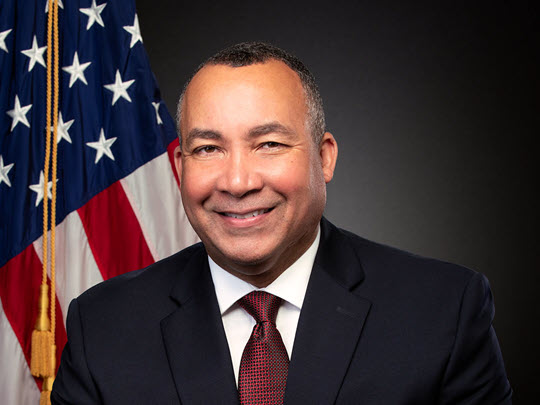Signs of a Sea Change? Syphilis Increases May Be Reversing among Gay & Bisexual Men
Topics

Syphilis continues to disproportionately affect gay, bisexual and other men who have sex with men (MSM), but a decades-long increase in reported cases may be reversing, according to Sexually Transmitted Disease (STD) Surveillance, 2020. The CDC annual report was published this week during STD Awareness Week 2022.
This apparent leveling-off in reported primary and secondary (P&S) syphilis cases among gay and bisexual men is a small glimmer of hope in an otherwise concerning report. The data collected in 2020 for this report, show that even in the first year of the COVID-19 pandemic, 2.4 million cases of chlamydia, gonorrhea, and syphilis were reported in the United States.
Nationally, the number of P&S syphilis (the most infectious stages of the disease) cases among MSM slightly declined – 2.2 percent – during 2019-2020. However, this population remains disproportionately affected – comprising 43 percent of all P&S cases.
Tried and true prevention strategies work against this very preventable infection.
For anyone who gets syphilis, diagnosis and timely treatment are essential. CDC recommends that all MSM be tested at least annually for syphilis. Some may need to be tested more frequently, including those with multiple sex partners. Syphilis can be cured with the right antibiotics. If not treated, syphilis can cause serious health problems, including neurologic (brain and nerve) problems, eye problems, and even blindness.
While syphilis can increase the risk of HIV transmission, a syphilis diagnosis can also open the door to HIV prevention, including pre-exposure prophylaxis (or PrEP). STD surveillance data show us that the HIV prevention opportunity here is great – in 2020, over 8,400 MSM diagnosed with P&S syphilis were HIV-negative and an additional 2,300 had unknown HIV status. Each person diagnosed with syphilis represents an HIV prevention opportunity. And for those who are living with HIV and are diagnosed with syphilis, their syphilis diagnosis can be a critical HIV care touchpoint.
Ending the HIV Epidemic in the U.S. (EHE) has provided a pathway to address this overlap. As part of EHE, CDC is investing in resources to scale up quality HIV prevention services in STD clinics. By addressing syphilis and other STIs alongside HIV, we are tackling this problematic syndemic, or interconnected epidemics.
We have a long way to go. Despite the small national decline in reported cases of P&S syphilis among MSM, some states still reported increases among MSM in 2020. Simultaneously, preliminary 2021 data show that reported P&S syphilis continues to increase in the United States, particularly among women, which is resulting in sobering increases in syphilis among newborns.
Amidst these challenges, the first-ever STI National Strategic Plan is providing much-needed direction in addressing not only syphilis, but other STIs and related infections. The Plan includes a call to address the syndemics of not only STIs and HIV, but also of viral hepatitis and substance use disorders. It challenges federal and nonfederal stakeholders at all levels and sectors to collaborate on a whole-of-nation, whole-person response, going beyond a diagnosis of disease to address the health and well-being of every person in the nation. It’s a tall order, but we can do it.
We are encouraged with even small signs of progress among this population disproportionately affected by STIs. I believe we can build on this momentum to meet the goals of decreasing the dramatic toll of STIs.